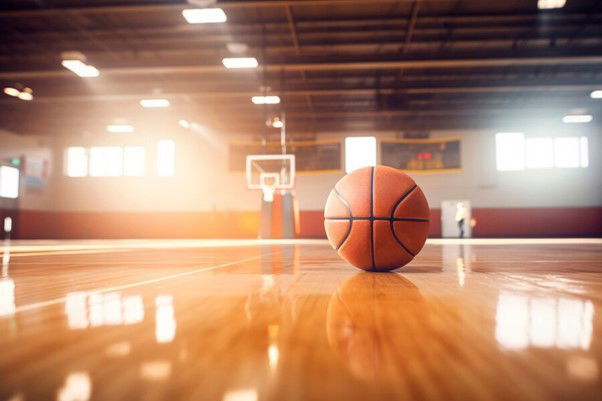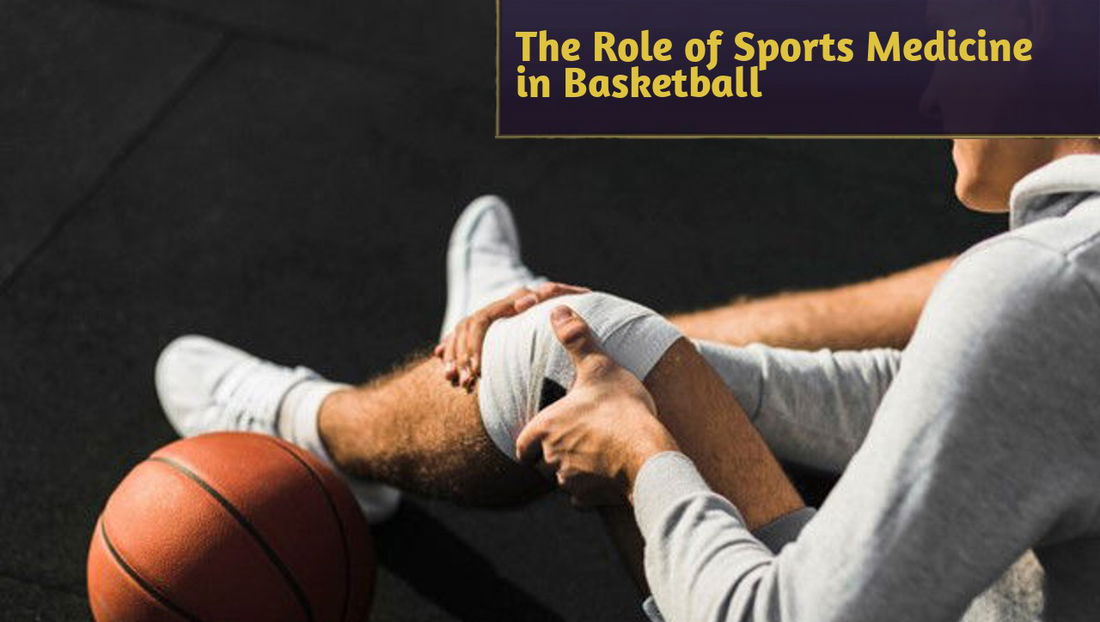Proper rest also enhances mental focus, which is very important during high-pressure games. Failing to take care of these can result in burnout, fatigue, and an increased risk of injury. Highlighting the importance of recovery in training plans will not only enhance physical capabilities but also enhance overall well-being, hence keeping athletes at their peak.
Physical Recovery
Physical recovery in basketball involves more than just taking a break. It includes practices that help the body heal and refresh. Techniques like stretching, foam rolling, and massages play significant roles. These methods reduce muscle soreness and enhance flexibility, preparing athletes for their next game or practice session. During players' recovery, fans can analyze games to make future bets and gain benefits from online betting Sri Lanka, just as athletes review their performances to improve.
Hydration and nutrition are also critical factors. Drinking enough water and having a balanced diet with proteins, carbohydrates, and vitamins support muscle recovery and replenish energy levels. Adequate sleep is another essential component, allowing the body to repair tissues and restore energy. Prioritizing these elements ensures players stay in top shape and are ready for the next challenge.
Mental Recovery
As much as physical recovery is important, so is mental recuperation. This article shows some effective strategies:
● Mindfulness/meditation: Mindfulness improves concentration while reducing stress.
● Visualization Techniques: Imagining successful performance scenarios boosts confidence alongside mental readiness.
● Relaxation Activities: Engaging in hobbies or activities that relax your mind, e.g., reading or listening to music.
● Professional Support: Consult sports psychologists or counselors when dealing with mental pressures and stresses effectively.
These kinds of practices put into place in a basketball player's daily routine ensure that they are prepared physically and mentally for the challenges on the court.
Types of Recovery Strategies
Different recovery strategies help basketball players maintain top fitness. Athletes use two main methods of recovery, which are active and passive. The two are equally important in maintaining the overall performance and health of an individual. Learning these strategies can make a significant difference in a player’s training program and readiness to play.
Active Recovery
Active recovery involves low-intensity exercises that help the body heal without overdoing it. This includes activities like light walking, swimming, or cycling. These workouts increase blood flow to muscles, helping to flush out toxins and speed up healing times. Just as players choose the best active recovery method, bettors might opt for a reliable platform like MelBet to track athletes and make informed bets.
Yoga and stretching are also excellent for active recovery. They increase flexibility and reduce muscle stiffness, making them ideal after games or practice sessions. By incorporating these exercises, players can stay limber and avoid injuries. Active recovery not only helps physical healing but also supports mental fitness, enhancing athletes' preparedness for their next challenge.
Passive Recovery
In passive recovery, there is full relaxation devoid of any activities or work done at all whatsoever. It can involve sleeping, napping, or simply sitting quietly so that the entire body system gets time to get back on track again to what it was before intense workouts were done. After exhaustive training routines or games, such techniques should not be taken lightly since they help regain energy levels as well as repair muscles.
Massage therapy is another approach to passive recovery that individuals can undertake. Massage therapy helps in relaxing muscles, reducing tension and increasing blood circulation within them. It would be a great way of relieving muscular aches and quickening recuperation periods resulting from physical strains experienced during competitive events like marathons, among others. Active plus passive healing together provide for equilibrium, hence, they are effective tools for maintaining optimum athleticism besides sound health, ensuring that athletes are ever in the best shape they can be both mentally and physically.

Why Sleep is Important
Athletes playing basketball need to sleep enough. This will enable their muscles to recover and increase general performance. Below are some of the important things about sleep:
● Curing Muscles: It allows the body to repair and build muscle tissue.
● Recharging Energy: An individual can have a better rest that helps them in becoming charged for training sessions and matches.
● Mental alertness: Concentration improves a lot after being asleep. Because you have to be able to think quickly on your feet when you’re on the court, all this matters.
● Prevention of injury: Fewer injuries occur with the players who get plenty of sleep.
The amount of sleep each player gets can greatly affect his or her game, as well as overall health in the long run. Rest should be considered before anything else, which could be helpful for minimizing future trauma, both on and off the basketball field.
Nutrition for Recovery
Good nutrition is critical for basketball players looking to recover properly. The right foods help muscle healing and provide energy for future training occasions. Protein is vital in repairing muscles. For example, chicken, fish, eggs, and beans are sources that are best suited for these types of nutrient intake. Carbohydrates also play an important role since they replenish energy levels. In order to maintain their stamina, players should stick to whole grains, fruits, and vegetables.
Hydration cannot be ignored either; drinking enough water during games or practice would help keep cramps at bay while functioning properly within the human body system. Notably, a balanced diet filled with vitamins and minerals supports overall health by enabling faster recovery processes. Nutrition, together with rest, forms the basis for effective recovery plans.
Final Words
In Basketball, rest and recovery are just as significant as training itself. Ultimately, improving performance and keeping fit among players comes through prioritizing sleep time alongside nourishing diets. Focusing on these aspects helps athletes achieve their best on the court and maintain their well-being off it.






— commentaires 0
Soyez le premier à commenter